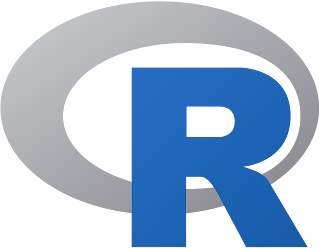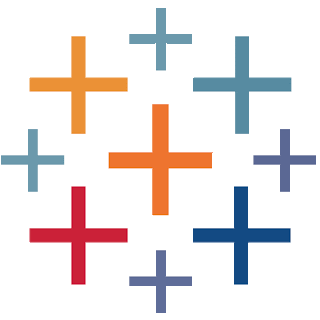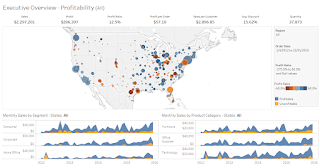Without further ado, lets dive into these softwares!
R
 R is a coding language for statistical analysis. Here many marketing analysts will utilize this software for data manipulation. Being able to code for statistics provides insight into identifying key subgroups for marketing efforts. Lets say you have a mailing list and also a customer spend list. Being able to link those two and create groups for targeting would allow your company to effectively market to a group that shares common spend, location, and other criteria.
R is a coding language for statistical analysis. Here many marketing analysts will utilize this software for data manipulation. Being able to code for statistics provides insight into identifying key subgroups for marketing efforts. Lets say you have a mailing list and also a customer spend list. Being able to link those two and create groups for targeting would allow your company to effectively market to a group that shares common spend, location, and other criteria.
R is an open source software that anyone can pick up and start running analytics on! The website to download the program can be found here: https://www.r-project.org/
I have found that one of the best tutorials on R to be https://www.rstudio.com/online-learning/
They provide an in-depth look at R and lay a solid foundation into the world.
 Tableau
Tableau
Tableau is a data visualization software that helps bring your analyses to life. This program will create storyboards to help you nail presentations to customers or higher ups. Throughout my college career I have used this software extensively. My job post graduation also uses tableau to help visualize data. Therefore, learning this software is imperative to a marketing analytics professional. Learning Tableau in college will give you a leg up on the competition.
However, Tableau is unlike R in that it is a paid service. Your university might have a license for Tableau. The best tutorial out there is through the Tableau website: https://www.tableau.com/learn/training
Here Tableau provides much needed instruction on their software and the insight to effectively create visualization that will impress the bosses!
Google Analytics
 Facebook Insights
Facebook Insights
For all your social media needs, Facebook Insights provide insights on your brand in social media. How your customers feel about your company and how many people are interacting with your social media. This includes mentions, pictures, and general keywords being talked about in relation to your brand. Marketing Analysts will use this software to better understand customers. From there, we can segment our audiences and push certain ads to them. This allows for more customized marketing which is proven to be the best practice. One tutorial I recommend is: https://blog.hootsuite.com/facebook-analytics-insights-beginners-guide/
The blog at hootsuite provides an in-depth look at Facebook Insights and how to best utilize them for your business! Many classes in college also cover Facebook and social media insights as the data in social media is endless!
Hope this post helps all the students trying to understand some of the incredibly useful programs that many Marketing Analysts use throughout the day to better understand their customers!


